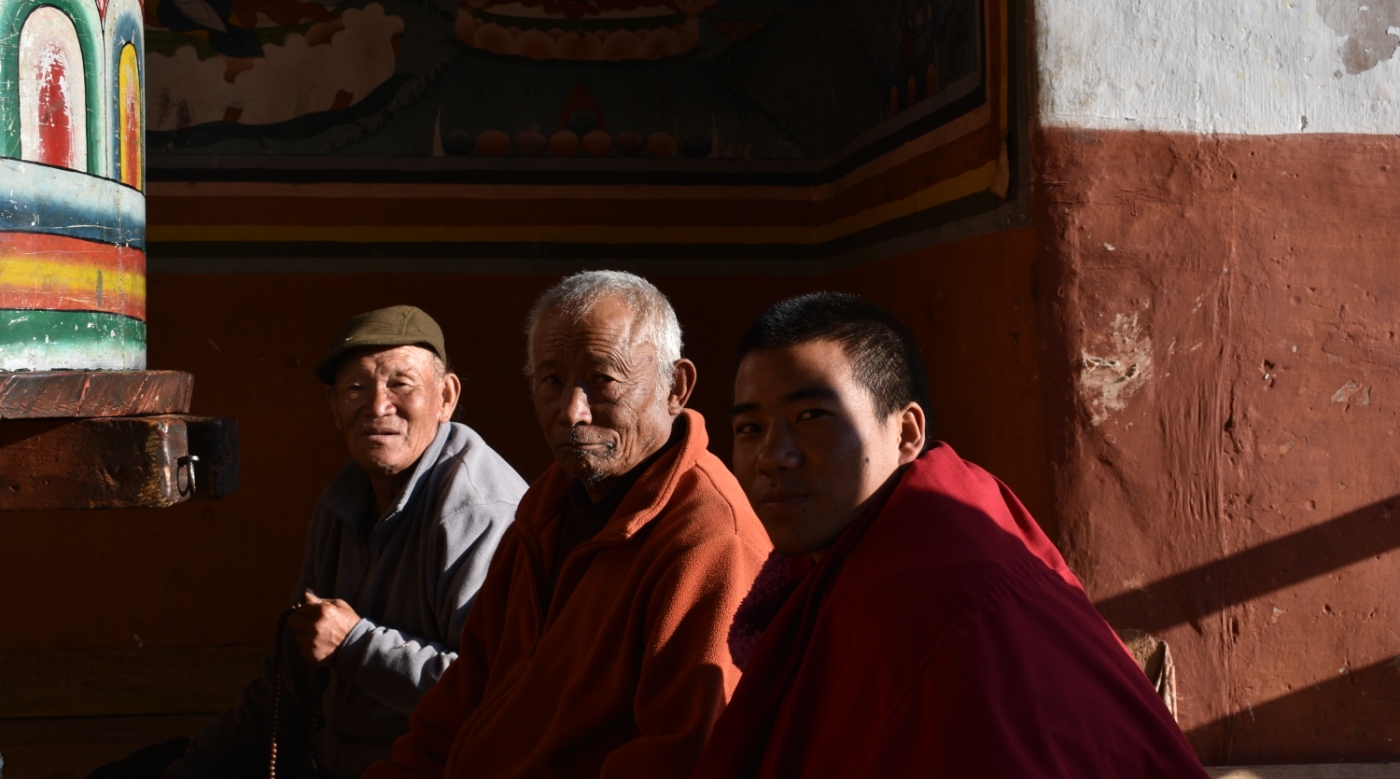Life of People in Bhutan
The name Bhutan is derived from a word that means the “borderland” of Bhot, or Tibet. The Bhutanese themselves call their country Druk-Yul or the “Land of the Thunder Dragon.” The ruling monarch of the country carries the title DrukGyalpo or “Dragon King.
The estimated total population of Bhutan at over 730000 people, but they do not include immigrants.
The official language of Bhutan is Dzongkha, a dialect of Tibetan. In its written form, Dzongkha is identical to Tibetan”
Ninety percent of Bhutan’s population lives in villages scattered throughout the country. Although there are a handful of small towns in Bhutan, only Thimphu, the capital, exceeds 20,000 inhabitants in size.
Most people in Bhutan marry within their own ethnic group. The legal age for marriage is set by the government at sixteen years for women and twenty-one years for men. In the past, marriages were arranged by the parents. By the 1990s, more and more young couples were selecting their own marriage partners. Bhutanese marriages are relatively simple.
Religion followed in Bhutan
Buddhism, which was introduced in the seventh century, is the official religion of Bhutan. Bhutan is the only country in the world that has retained the Vajrayana form of Mahayana Buddhism as its national religion. Throughout all of Bhutan there are Buddhist stupas, believed to be a form of protection for tourists and residents.

There are ten thousand Buddhist monks and they are vitally involved in both the religious and social lives of the Buddhist population. Because of the religious significance of nearly every important event in the life of a Buddhist, the monks visit households and perform rites on occasions as birth, marriage, sickness, and death.
A number of annual festivals highlight different events in the life of Buddha. Many of the festivals feature symbolic dances, which are thought to bestow heavenly blessings on the participants or viewers.
During religious festivals, tourists are allowed to enter the Dzong (monastery/fortress) and view masked and sword dances; most of the dances date back to before the Middle Ages and are performed only once or twice a year. A fire dance performed at Bumthang is intended to help childless women who are at the festival conceive during the following year.
